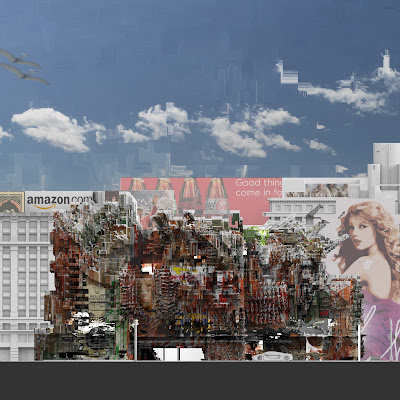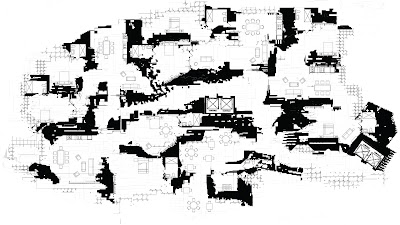Texas A&M University T4T LAB Spring 2017
Invited Professor: Casey Rehm
Team: Christian Stiles, Austin Madrigale, Ysaac Bustamante, Ozzy Veliz.
RESIDENTIAL PANOPTICON
In Michel Foucault’s Discipline and Punish he gives a
critique on the American prison system with a particular discussion of
disciplinary mechanisms of panopticism. This social theory is named after the
Panopticon, referring to Jeremy Benthams proposed prison concept which is an
experimental laboratory of power in which behavior can be modified.
New media technologies as well as increased governmental
surveillance has created a Virtual Panopticon in contemporary society. In under
a decade, free online services like Facebook, Twitter, and Instagram have
utterly transformed how we work, play, and communicate. Our generation has
turned into a group of stalkers and exhibitionists, a social entanglement of
both panopticon and synopticon. Foucaultian perspective on social media targets
sharing as the basic mechanism for how it works. By sharing we make our
thoughts, experiences, and feelings transparent, and visible to an always
watching digital audience.
This new typology of surveillance has led way to an increase
in social isolation. In a similar way that the panopticon isolates the
prisoners by disallowing social interaction amongst inmates, our increased
technological immersion has led to introvertedness and isolation. The inability
to communicate in person has become a growing problem amongst millenials due to
a loss in physical interaction and a growth in technological use. Those that
work 15-18 hours a day from home, Amazon’s Mechanical Turks for example, also
experience a decrease in social interaction because they don’t leave their
homes, nor do they need to. Virtual reality has grown more appealing to
marketers because of the rare opportunity to capitalize on viewer’s undivided
attention, isolating them from reality.
Addressing these problems of contemporary panopticism and
social isolation, we began to speculate on an architecture for solidarity through an environmental
immersion of technology in which a synergy of machine and architecture creates
a virtual reality through use of programmable screens embedded in the geometry.





































